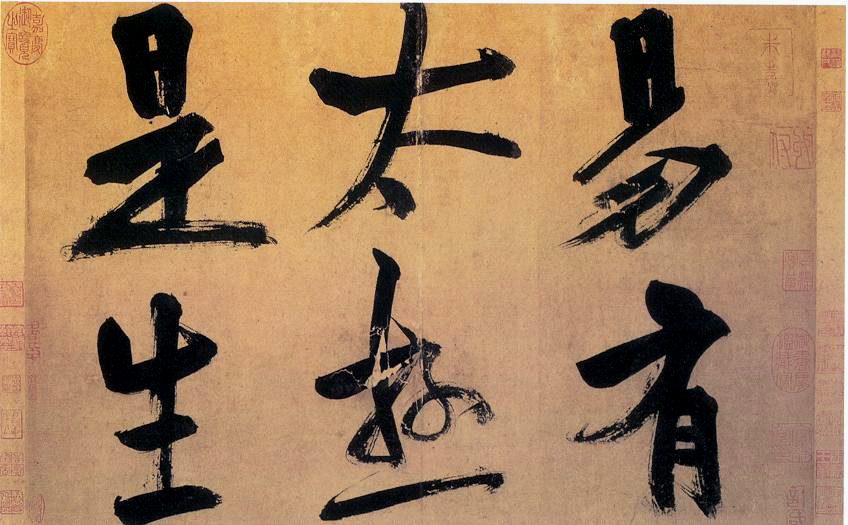
"In Change there is the Supreme Polarity. This gives rise to
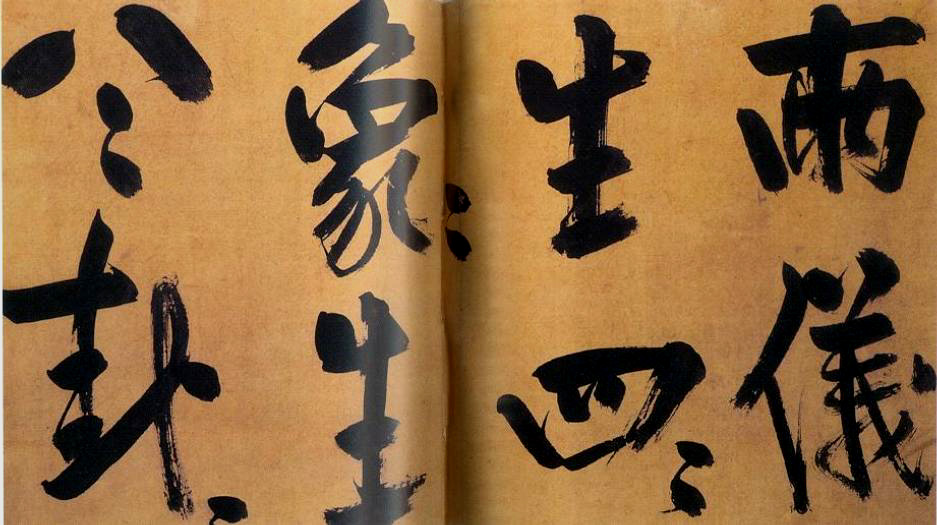
the Two Modes; [this] gives rise to the Four Images; [this] gives
rise to the Eight Trigrams."
(Xici A.11.5)
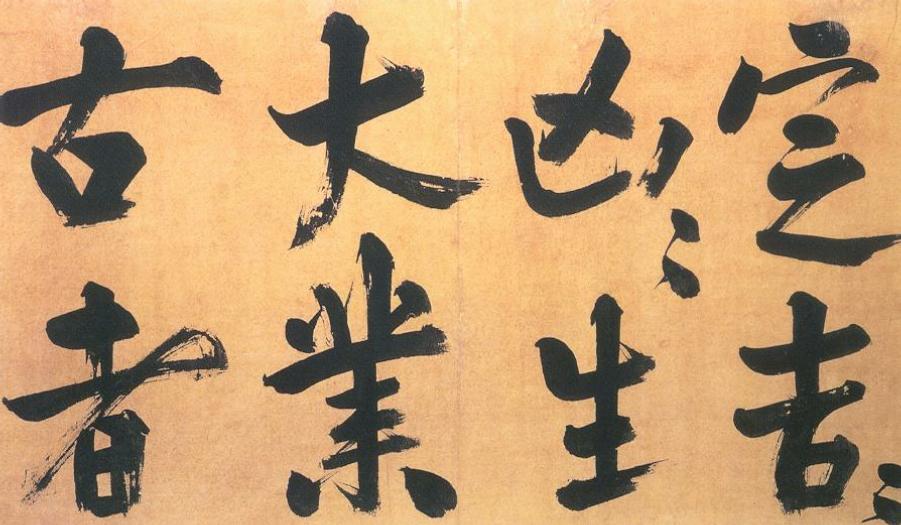
"[The Eight Trigrams] determine good fortune and misfortune;
[these] gives rise to the Great Enterprise."
(Xici A.11.6)
"In ancient times,
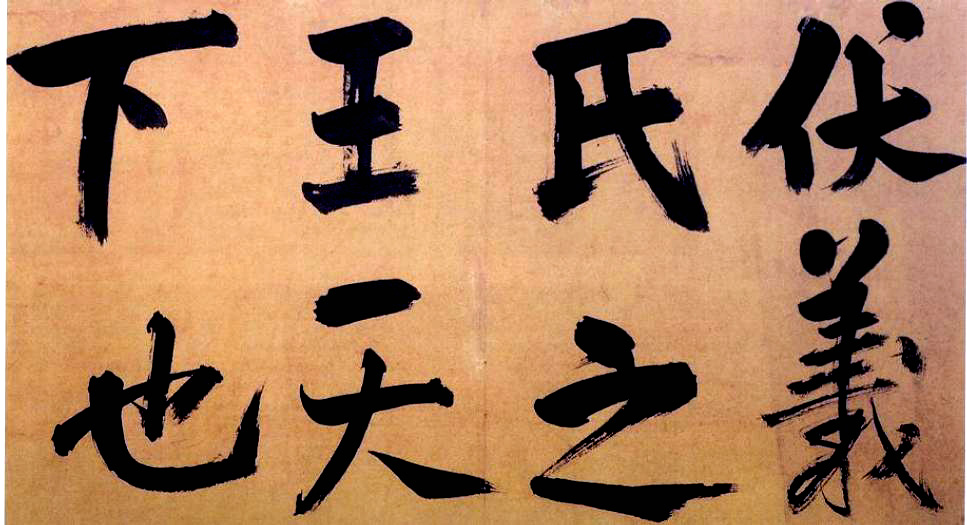
when Fuxi ruled the world,
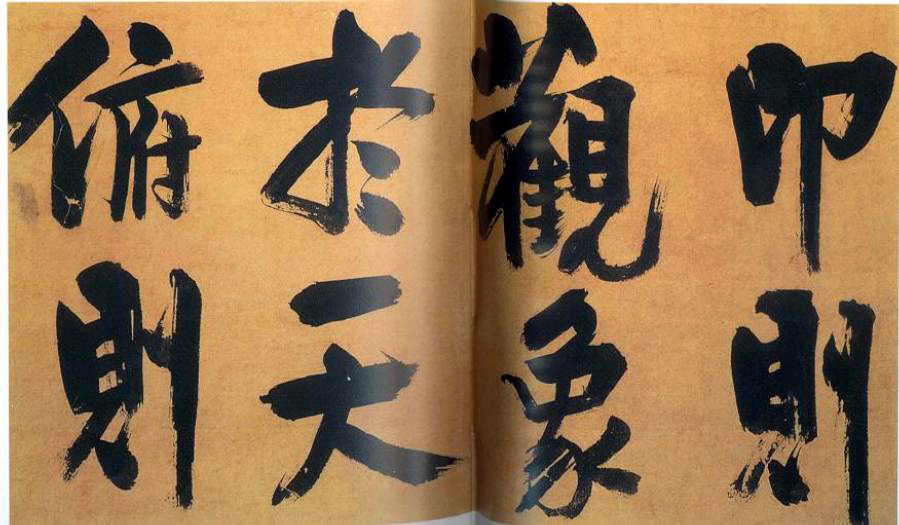
he looked up and contemplated the images in heaven; he looked down and
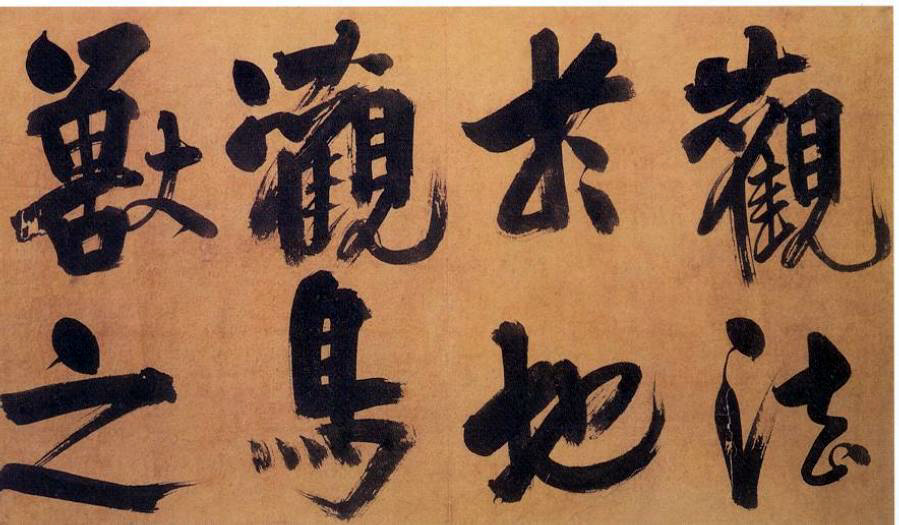
contemplated the patterns on earth. He contemplated the [markings]
of the birds and beasts..."
(Xici B.2.1)